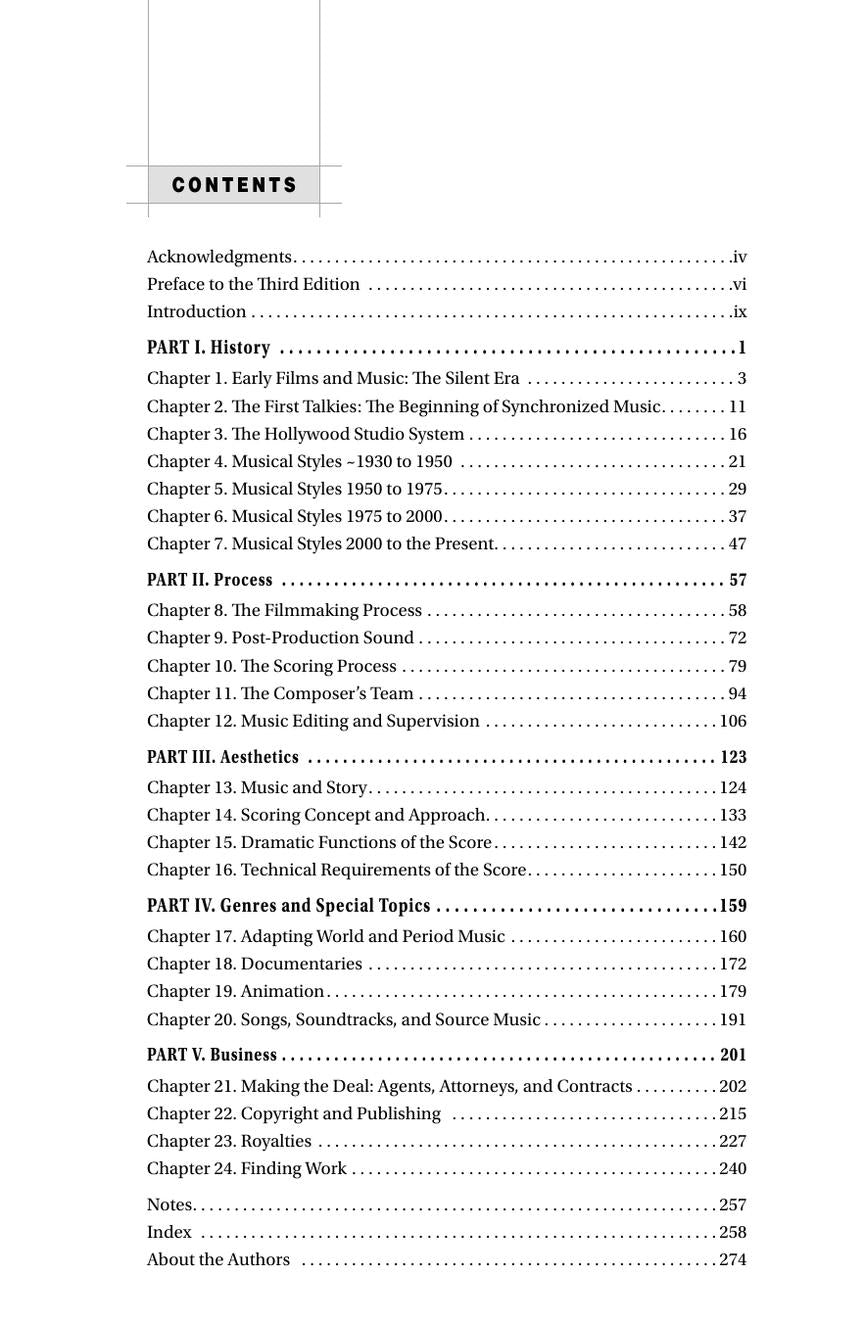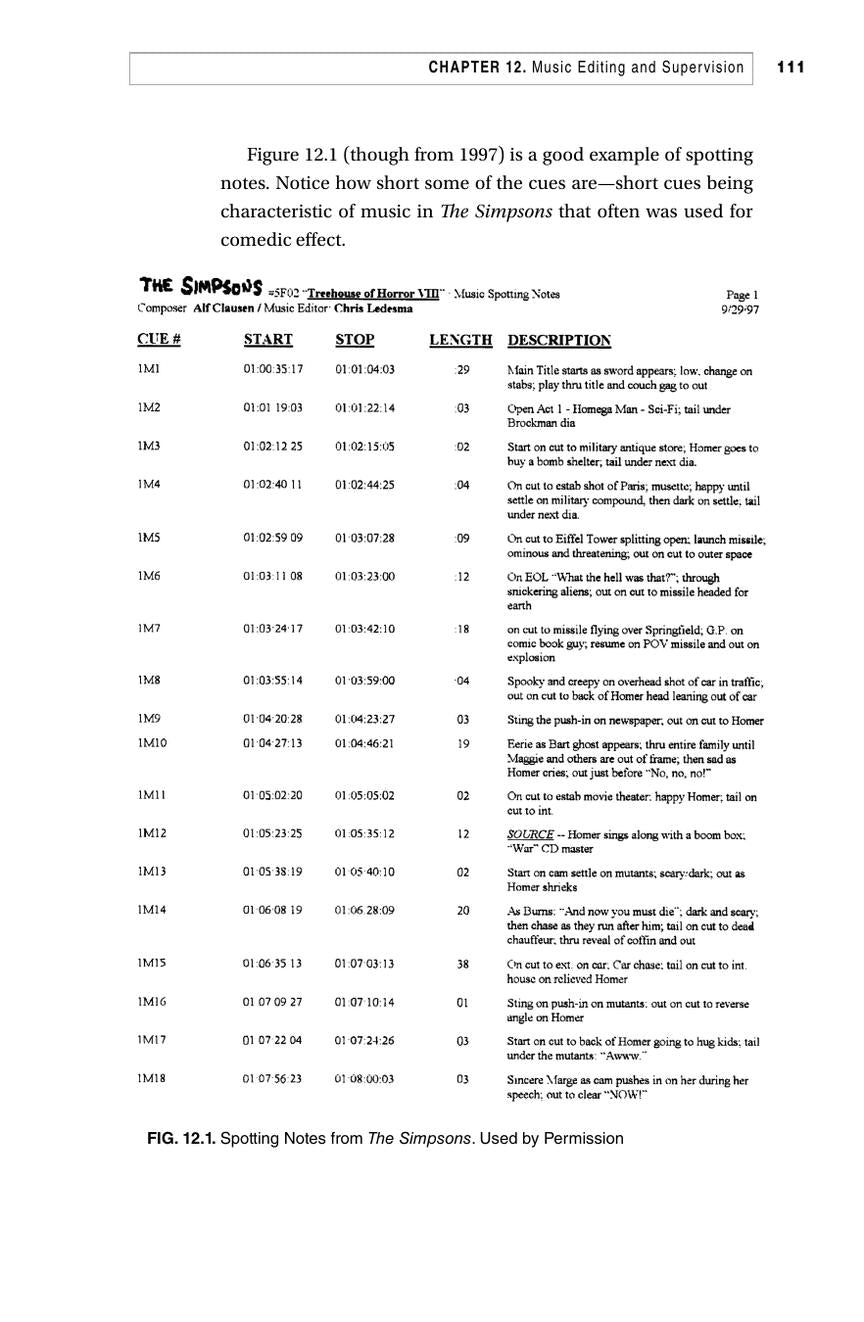





Hal Leonard
Complete Guide to Film Scoring – 3rd Edition
Authors: Alison Plante, Richard Davis
Publisher: Berklee Press
Complete Guide to Film Scoring – 3rd Edition
Juilliard Store
144 West 66th Street
New York NY 10023
United States
Choose options
Complete Guide to Film Scoring – 3rd Edition
Juilliard Store
144 West 66th Street
New York NY 10023
United States
Complete Guide to Film Scoring – 3rd Edition
Juilliard Store
144 West 66th Street
New York NY 10023
United States
The Art and Business of Writing Music for Movies and TV
Learn the business, process, and procedures of writing music for film, television, and other forms of media. This book goes step-by-step through the Berklee approach to the art of film scoring. In tracing the evolution of film music from its early silent film origins to today's contemporary practices, you will understand the conventions of the medium and gain a solid grounding for how to approach creating your own evocative scores. Read insights from many of today's film music professionals: composers, orchestrators, music editors, and others – providing an up-to-date account of the art and business of including music in film. Now in its third edition, this comprehensive guide has long been core to Berklee's world-renowned Screen Scoring Department curriculum, whose graduates are scoring films in Hollywood and for film studios worldwide.
You will learn to:
• Understand the processes and practices of how music fits into the post-production stage of a film's development.
• Trace the history of film music, with its evolving technology and conventions, and see how age-old practices continue to influence today's scores.
• Identify the major roles in the filmmaking process: the director, producer, music supervisor, music editor, and others.
• See how music can serve diverse dramatic functions through the use of instrumental underscore and songs.
• Recognize the similarities and differences in scoring for diverse genres such as animation and documentary films.
• Navigate the business side of film scoring, understanding its most common compensation models and how they can play out in the long ter
